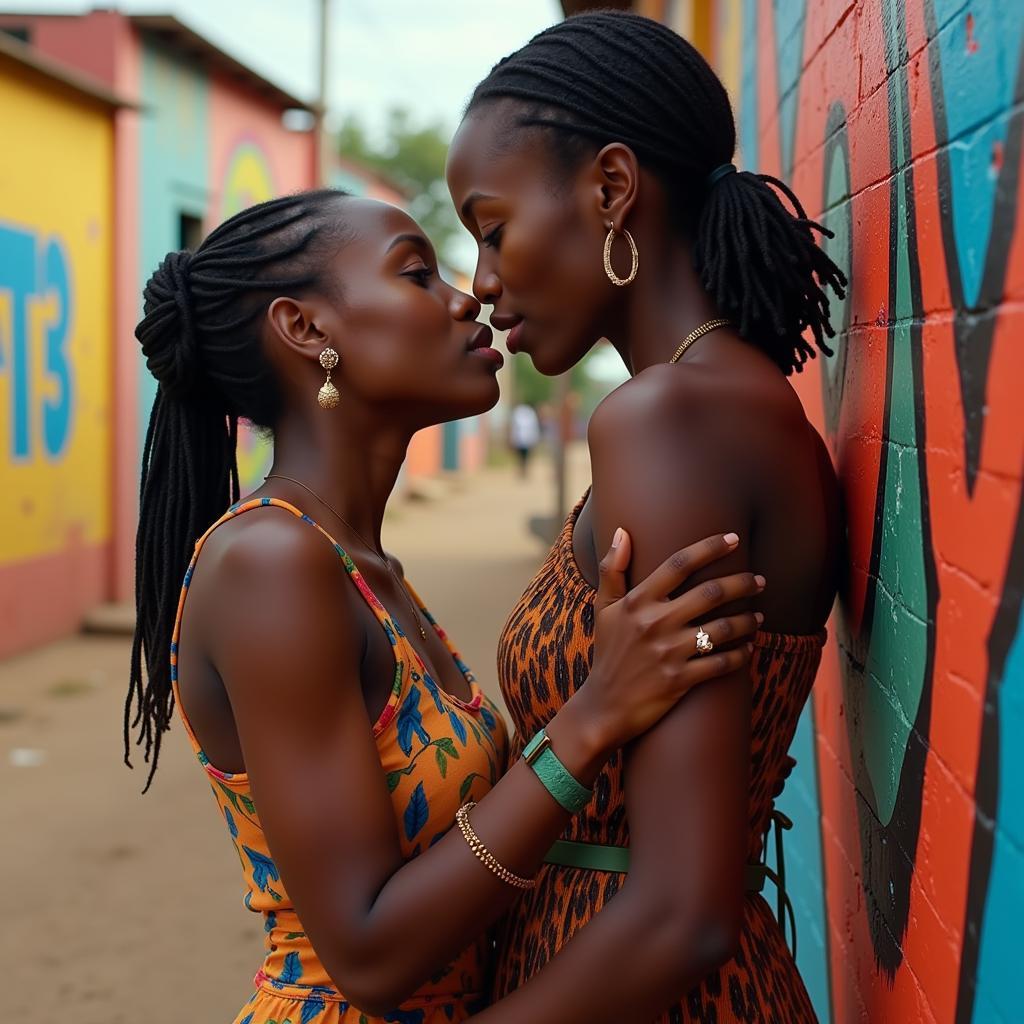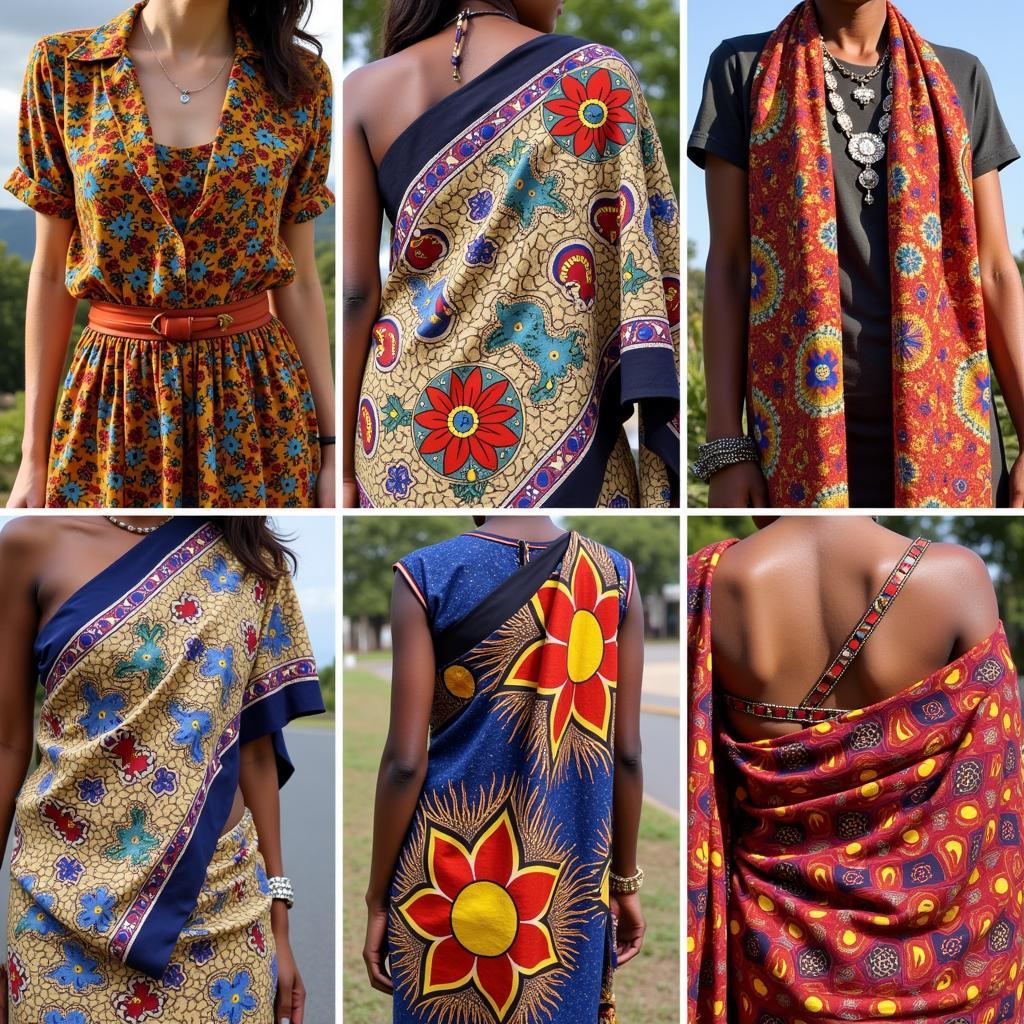African American Hair in ZBrush: A Comprehensive Guide
Creating realistic and expressive African American hair in ZBrush is a rewarding but challenging endeavor. It requires a deep understanding of the unique characteristics of Afro-textured hair, along with the right techniques and tools. In this guide, we’ll delve into the intricacies of modeling African American hair in ZBrush, providing you with the knowledge and skills to craft stunning and authentic representations.
Understanding Afro-Textured Hair: The First Step
Before diving into the ZBrush workflow, it’s essential to grasp the fundamental traits of African American hair. Unlike straight hair, which tends to be more uniform in texture, Afro-textured hair exhibits:
- Tight Curls and Coils: The shape and density of curls can vary widely, ranging from loose waves to tightly packed coils.
- High Porosity: Afro-textured hair has a larger cuticle layer, making it more prone to absorbing moisture and products.
- Fragility: Due to its delicate structure, Afro-textured hair can be more susceptible to breakage and damage.
ZBrush Tools for Afro-Textured Hair: A Detailed Breakdown
ZBrush offers a rich toolkit specifically designed for sculpting and manipulating hair. Here are the key tools that will become your allies in creating realistic African American hair:
1. FiberMesh
- The Core: FiberMesh is the foundation for generating individual hairs. Its primary purpose is to define the overall shape and direction of hair strands.
- Customization: FiberMesh allows you to fine-tune properties like hair density, length, and even the individual curvature of each strand.
2. Dynamesh
- The Sculpting Powerhouse: Dynamesh lets you sculpt and refine the hair mesh, creating the desired volume and texture.
- Flexibility: It enables you to seamlessly merge and subdivide your mesh, providing a fluid and intuitive sculpting experience.
3. ZModeler
- Precise Manipulation: ZModeler offers a range of tools for refining and detailing the hair mesh. This includes subdivision, polygroups, and edge loops, giving you precise control over individual hair strands.
4. Alpha Brushes
- Detail and Texture: Alpha brushes are essential for adding intricate details to your hair, such as the individual curl patterns and surface textures.
- Customizability: You can create your own custom alpha brushes to simulate specific curl patterns and effects.
5. PolyPaint
- Coloring and Realism: PolyPaint allows you to add color and shading to your hair mesh, creating a more realistic and visually appealing look.
- Advanced Features: You can use PolyPaint to create highlights, shadows, and even subtle variations in color to enhance the overall realism of your hair.
Mastering the ZBrush Workflow: Step-by-Step Guide
Now that you understand the essential tools, let’s break down the ZBrush workflow for creating African American hair:
1. Hair Base:
- Start with a Base Mesh: Begin by creating a base mesh that represents the general shape of the head and the hairstyle you envision.
- Utilize FiberMesh: Select the FiberMesh brush and apply it to the head mesh, creating a preliminary layer of hair.
- Adjust FiberMesh Properties: Adjust the density, length, and curvature of the fibers to match the desired hair style.
2. Sculpting with Dynamesh:
- Dynamesh Activation: Enable Dynamesh on your FiberMesh layer, giving you the flexibility to sculpt the hair freely.
- Sculpting Individual Strands: Use the Move, Clay Buildup, and Smooth brushes to refine the shape and texture of each hair strand.
- Sculpting Curls: Create detailed curls by using the Move brush to twist and shape individual strands.
3. Adding Detail with Alpha Brushes:
- Select Alpha Brushes: Choose alpha brushes that closely resemble the desired curl patterns and texture.
- Alpha Brush Application: Apply alpha brushes to the surface of the hair mesh, adding detail and depth.
- Blending and Refining: Blend the alpha brush strokes to create a seamless and natural appearance.
4. PolyPaint and Final Refinements:
- Color Application: Use PolyPaint to apply the desired color to the hair mesh. Experiment with different shades and highlights for a more realistic look.
- Subsurface Scattering: Use PolyPaint’s Subsurface Scattering settings to create a more natural and translucent look for the hair.
- Final Touches: Refine the hair mesh by adding details like flyaways, split ends, and even hair accessories.
“African American Hair in ZBrush: A Conversation with Expert Designer, Maya Jackson”
Maya Jackson: “The beauty of ZBrush is that it allows you to create a sense of individuality in your hair. Don’t be afraid to experiment with different curl patterns and textures. It’s all about capturing the unique essence of African American hair.”
“Maya Jackson: “Pay close attention to the natural progression of curls. Each curl has a distinct shape, and they tend to flow into one another. This detail helps to create a realistic and dynamic look.”
FAQs: Answering Your ZBrush Hair Modeling Questions
1. “What are some common mistakes to avoid when modeling African American hair?”
- Overly uniform hair: Don’t forget to add variation and asymmetry to individual strands.
- Unrealistic curl patterns: Study real Afro-textured hair to understand the natural progression and flow of curls.
- Neglecting detail: Small details like flyaways and split ends can significantly enhance realism.
2. “What are some resources for learning more about ZBrush hair modeling?”
- ZBrush documentation: The official ZBrush documentation provides detailed tutorials and reference guides.
- Online communities: Engage with other artists on forums and social media platforms.
- Professional workshops: Consider attending workshops or courses from experienced ZBrush artists.
3. “What are some tips for achieving a more natural-looking finish?”
- Lighting and Shading: Experiment with lighting to enhance the form and texture of the hair.
- Subsurface Scattering: Use PolyPaint’s Subsurface Scattering settings to create a more natural and translucent look for the hair.
- Rendering Settings: Adjust your rendering settings to achieve a realistic and high-quality final image.
Conclusion: Crafting Authentic African American Hair in ZBrush
Mastering the art of creating African American hair in ZBrush requires dedication and a keen eye for detail. By combining your knowledge of Afro-textured hair with the right tools and techniques, you can craft stunning and expressive digital representations. Remember to embrace experimentation, learn from others, and most importantly, celebrate the diverse beauty of African American hair.


